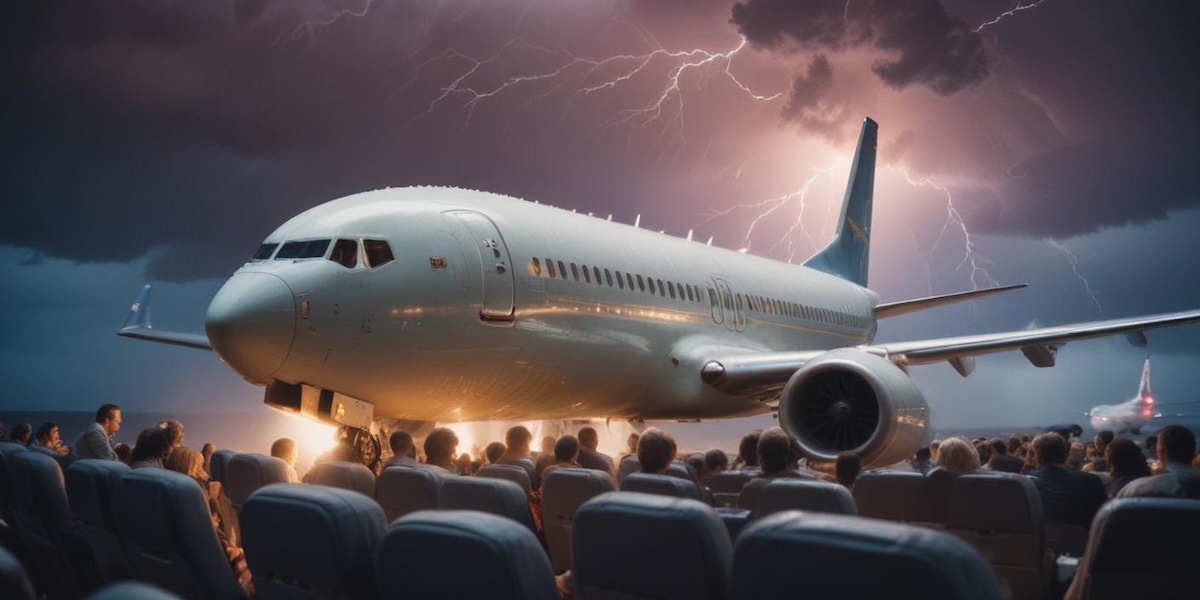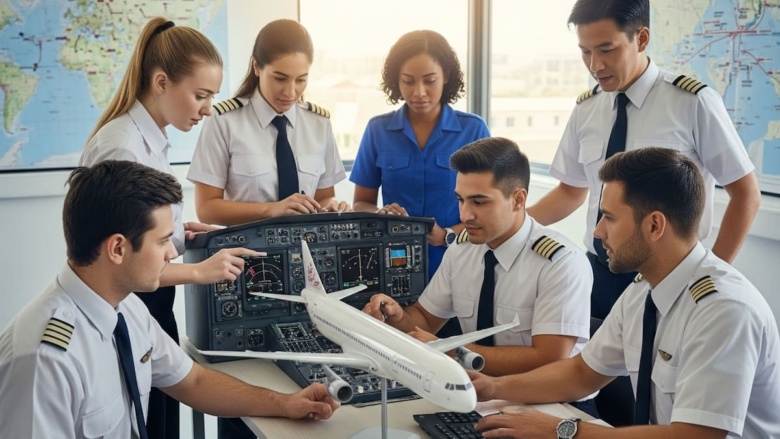Flying is one of the safest modes of travel. But the sky is not without surprises. Turbulence, sudden system failures, medical emergencies—anything can happen at 35,000 feet. The difference between chaos and control lies in training. More specifically, pilot training at a DGCA approved flying school.
Handling in-flight emergencies is not just about pushing the right buttons. It’s about quick thinking, discipline and staying calm under pressure. Whether you’re dreaming of becoming a pilot or already enrolled in a pilot training institute, knowing how emergencies are tackled mid-air is crucial.
Why Is Emergency Preparedness Non-Negotiable in Aviation?
An aircraft in flight is self-contained. There’s no pulling over for help. That’s why aviation leaves no room for “maybe” or “we’ll see”.
Emergency preparedness forms the backbone of flight safety. DGCA mandates that every flying school include rigorous emergency training in their curriculum. From engine failures to bird strikes and from smoke in the cockpit to hydraulic issues, student pilots are trained to handle it all—mentally and mechanically.
What In-Flight Emergencies Look Like?
In-flight emergencies fall into various categories. These may include:
- Mechanical failures: Engine trouble, landing gear malfunction, hydraulic system failures.
- Medical emergencies: Passengers falling sick, heart attacks or childbirth.
- Weather-related challenges: Severe turbulence, lightning and wind shear.
- Security threats: Hijacking, bomb threats or unruly passengers.
- Bird strikes: Particularly during takeoff and landing.
Pilot training in Ahmedabad, especially in top-notch institutes like INFINIFLY AVIATION, includes realistic simulations of these situations. These are not hypothetical exercises—they are designed to mirror real-world scenarios.
Training Modules in DGCA-Approved Flying Schools
Every DGCA-approved flying school in India follows a standard emergency preparedness module. Let’s break it down:
Classroom Instructions
Before setting foot in a cockpit, student pilots undergo detailed theoretical sessions. These include:
- Emergency checklists
- Standard operating procedures (SOPs)
- Human factors and decision-making
- Psychological readiness
Simulator Sessions
This is where things get serious. High-fidelity flight simulators create realistic emergency scenarios like:
- Engine failure shortly after takeoff
- Cabin depressurisation
- Fire in the cargo hold or cockpit
- Autopilot malfunction
The simulator allows students to practise handling emergencies without risk. Simulators are a crucial part of the course for anyone pursuing pilot training in Ahmedabad.
In-Flight Practice
Supervised real-time emergency drills are part of advanced training. Though controlled, these drills give a clear sense of how it feels to handle a stressful situation in an actual aircraft.
Crew Resource Management (CRM)
Emergency handling is not a solo job. CRM teaches pilots how to:
- Communicate effectively with co-pilots
- Take leadership when needed
- Manage cabin crew and passengers
- Coordinate with Air Traffic Control (ATC)
Real-Life Incidents and What They Teach
There’s a lot to learn from real-world aviation incidents. Here are a few notable examples that show why proper training matters:
Sully’s Hudson River Landing (2009)
A bird strike disabled both engines of US Airways Flight 1549 shortly after takeoff. Captain Chesley “Sully” Sullenberger landed the plane safely on the Hudson River. His swift actions were a result of rigorous emergency training.
Air India Express Flight IX1344 (2020)
The aircraft skidded off the runway in Kozhikode due to wet conditions. Pilot error and poor visibility played a role. The tragedy highlighted the importance of decision-making and weather assessment—skills drilled into pilots at flying institutes.
Best Practices Every Pilot Should Know
When facing an emergency, pilots follow certain golden rules:
Aviate, Navigate, Communicate
This old aviation saying still holds. First, fly the aircraft. Then understand your position. Only then communicate with ATC or passengers.
Know Your Checklists
Every aircraft comes with emergency checklists. Memorising key procedures saves time in critical moments.
Keep a Cool Head
Training at any pilot training institute focuses heavily on stress management. Emotional control is a survival tool.
Simulate Often
Pilots must regularly train on simulators. This is mandatory even after getting a license. Reputed pilot training institutes, like INFINIFLY AVIATION, offer refresher courses and advanced emergency simulation training.
Why Choose INFINIFLY AVIATION for Emergency Training?
If you’re exploring pilot training in Ahmedabad, INFINIFLY AVIATION stands out for its intensive emergency handling modules. Here’s why:
- DGCA-approved flying school with certified instructors
- World-class flight simulators
- CRM-focused modules
- Mock emergency drills
- 100% job-focused training
- Personal mentorship to handle pressure
Their emphasis on safety and real-world preparedness makes them one of the most reliable names in India’s aviation training landscape.
Flying Safe Begins with Training Right
In-flight emergencies are rare but real. The only shield between a potential disaster and a safe landing is the training and mindset of the pilot. That’s why emergency handling is not a one-time lesson but an ongoing learning curve.
If you’re serious about becoming a skilled pilot, choose a pilot training institute that doesn’t cut corners. Look for one that is DGCA-approved and offers real-time simulations, psychological readiness training and advanced CRM techniques.
For those aiming for pilot training in Ahmedabad, INFINIFLY AVIATION is your destination. With their advanced modules and experienced trainers, you won’t just learn how to fly—you’ll learn how to fly safely every time. Enroll today at INFINIFLY AVIATION. Because when you’re trained well, the sky isn’t the limit—it’s your runway.




